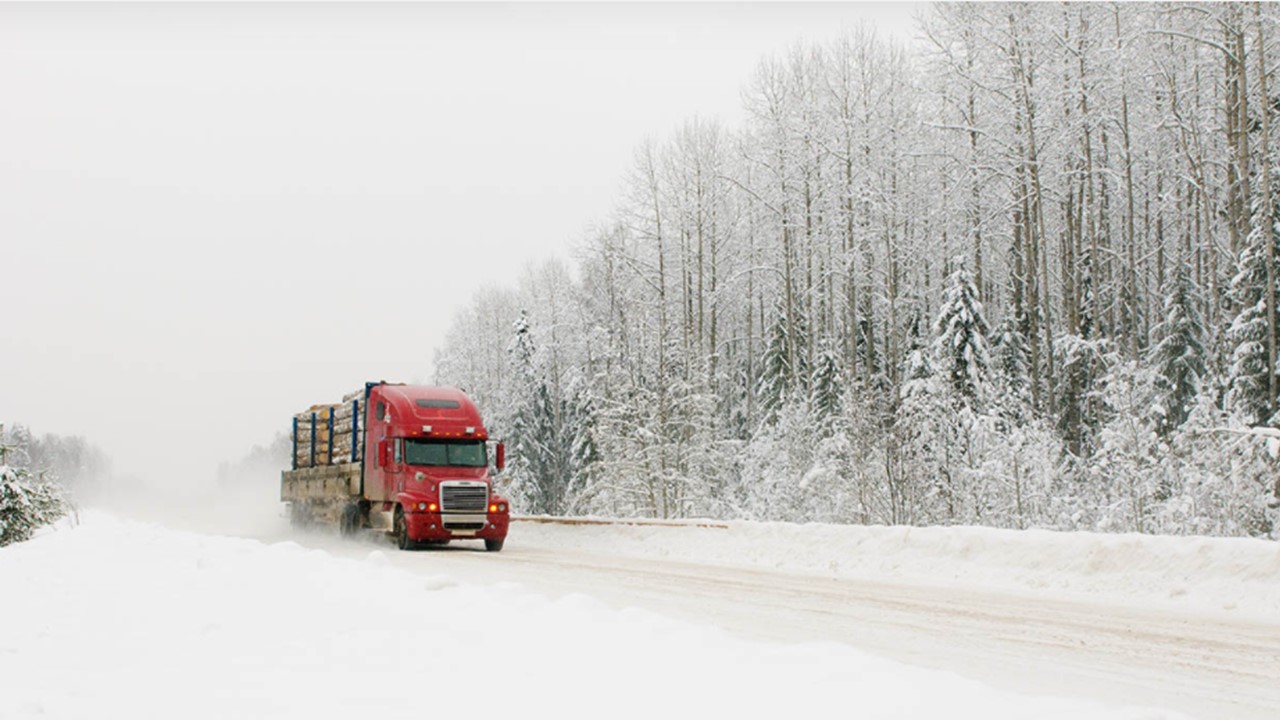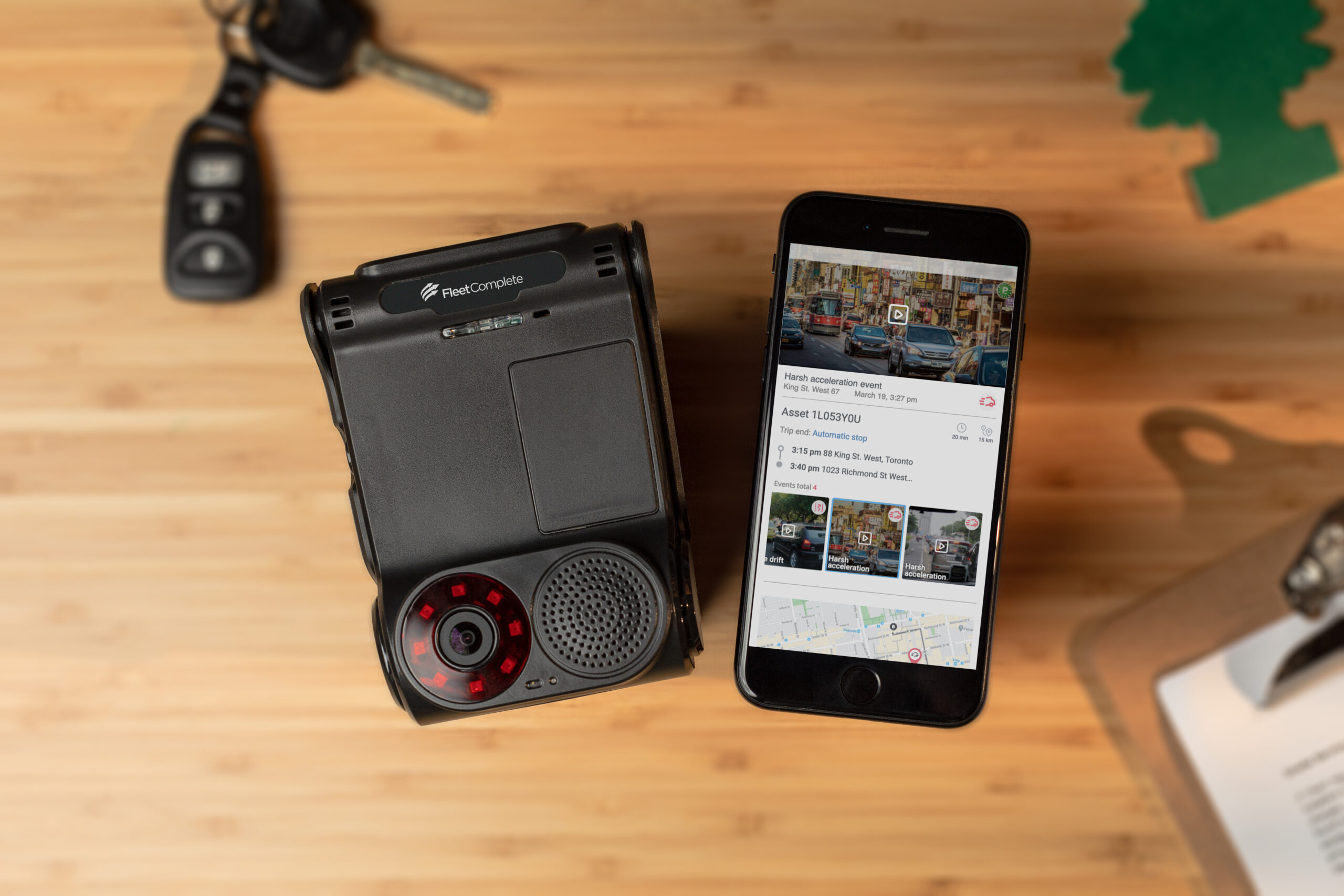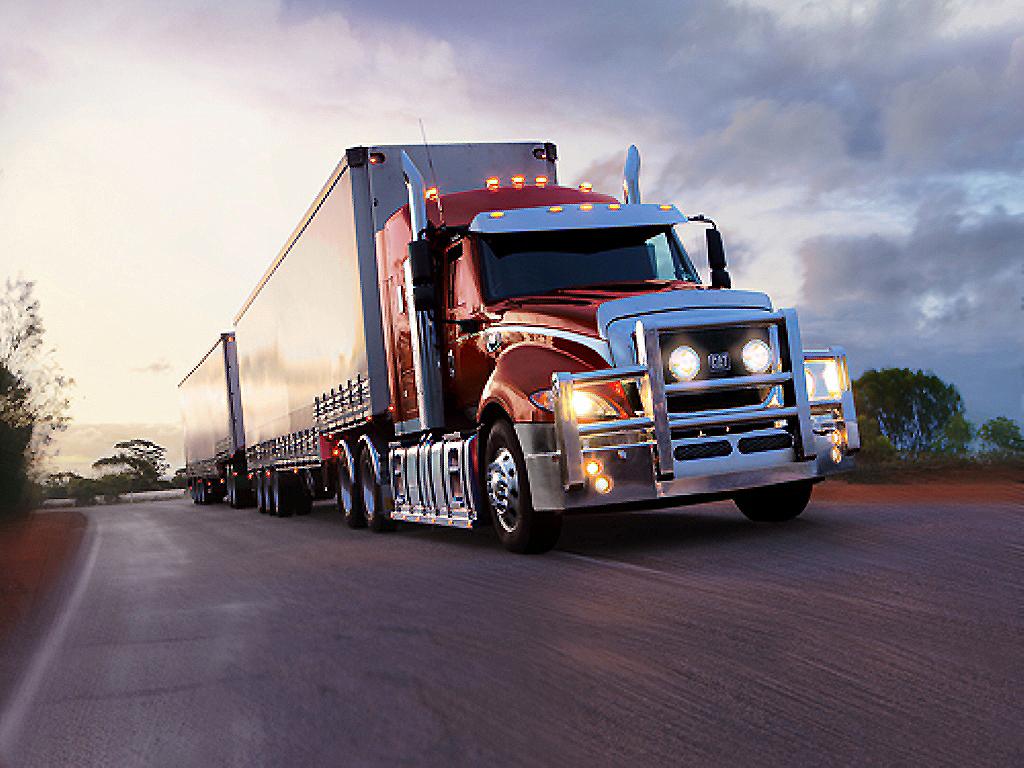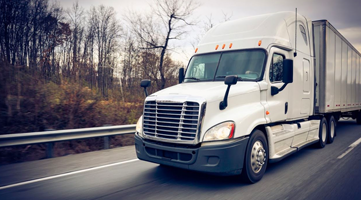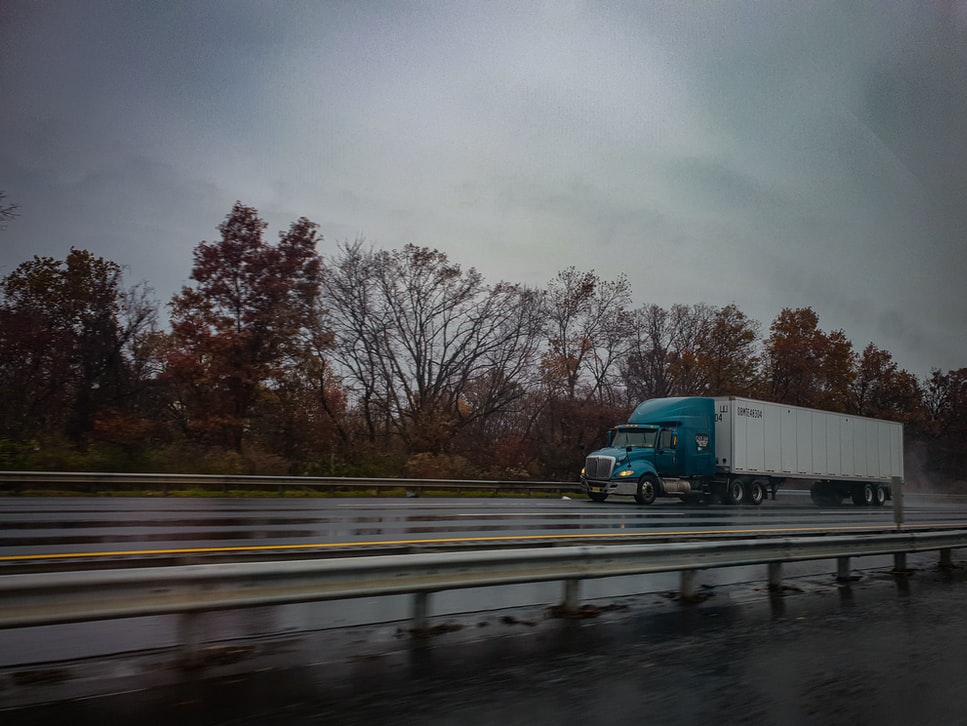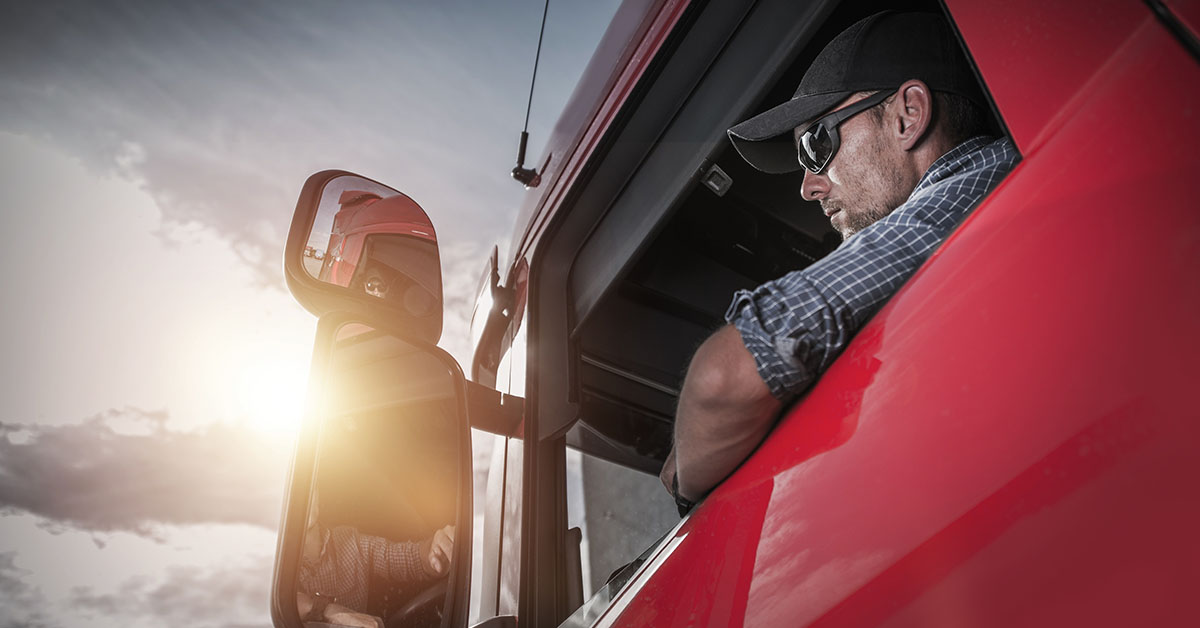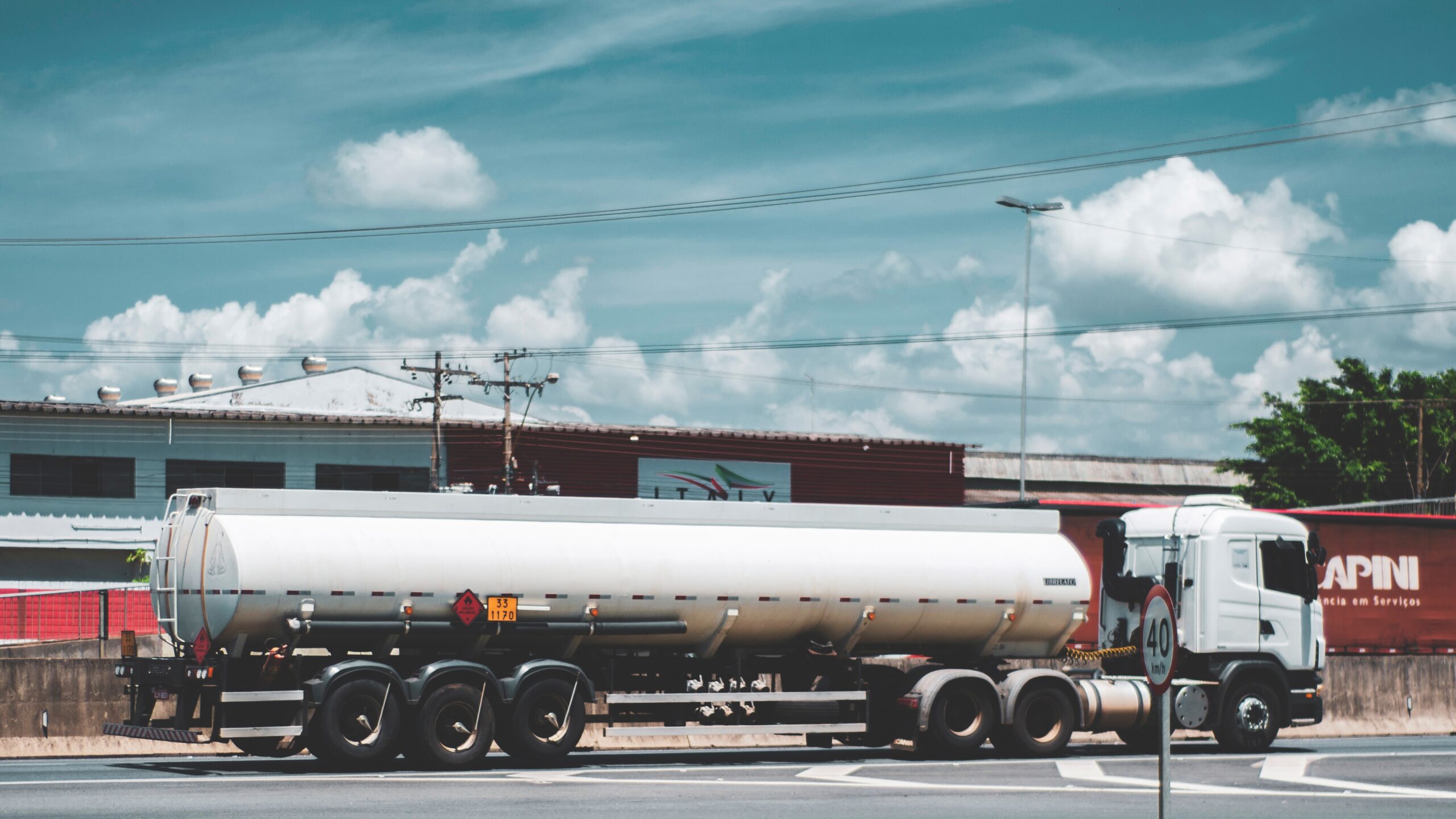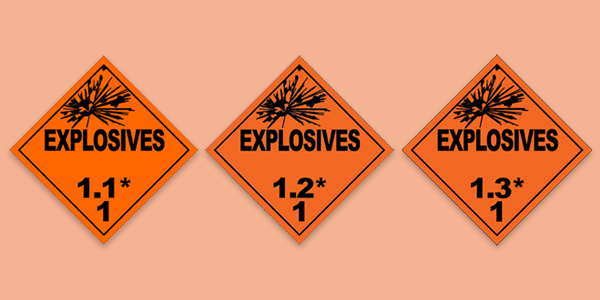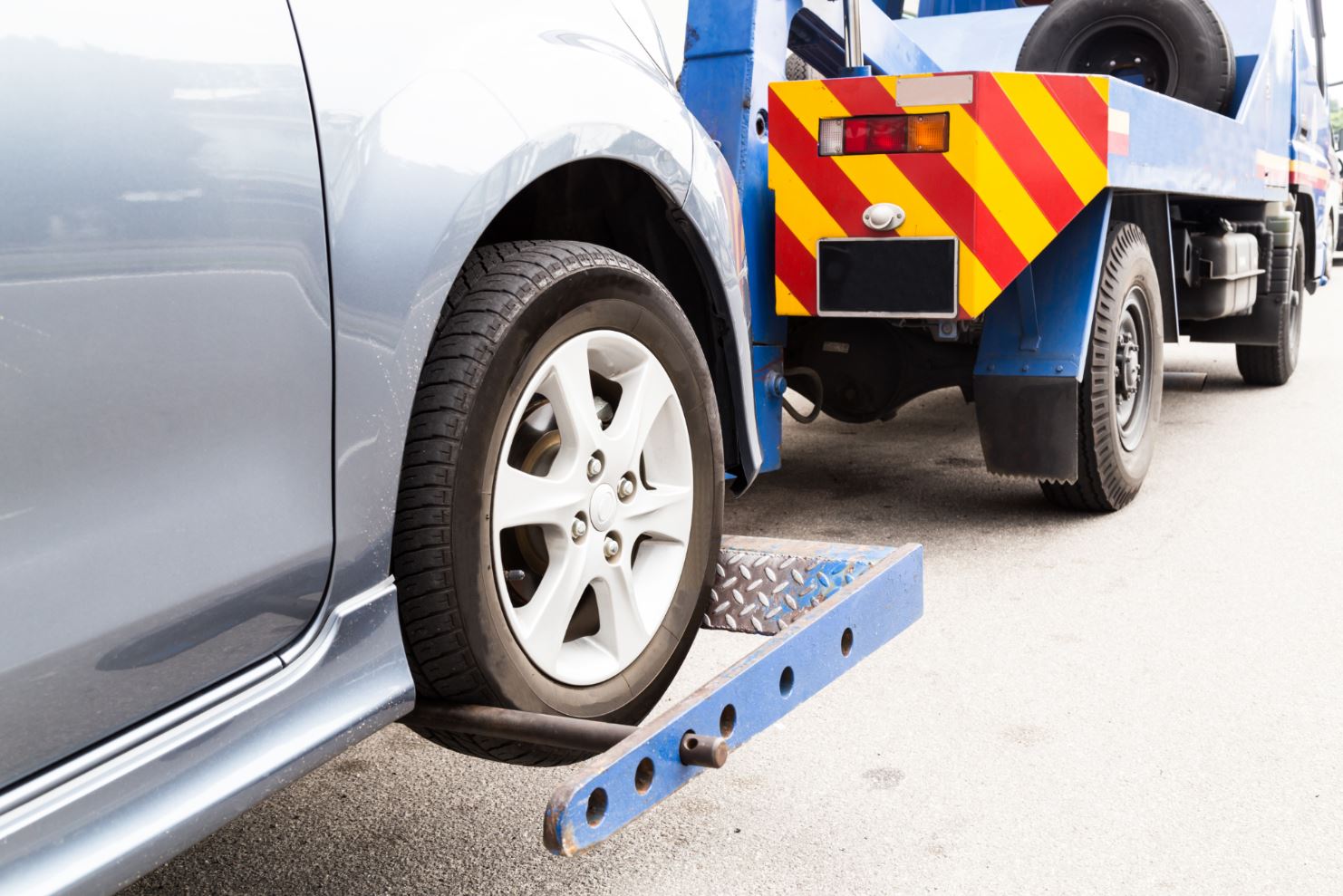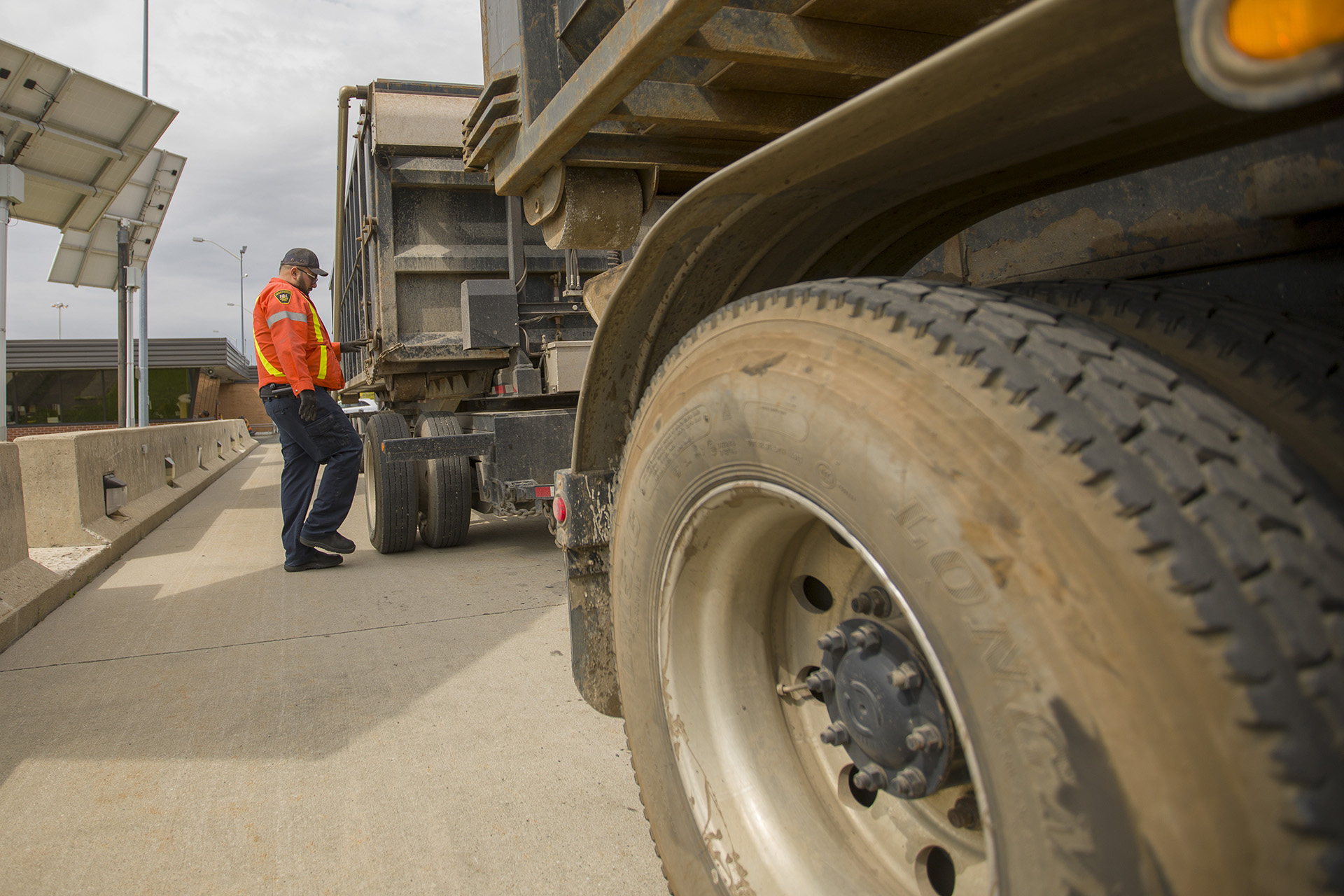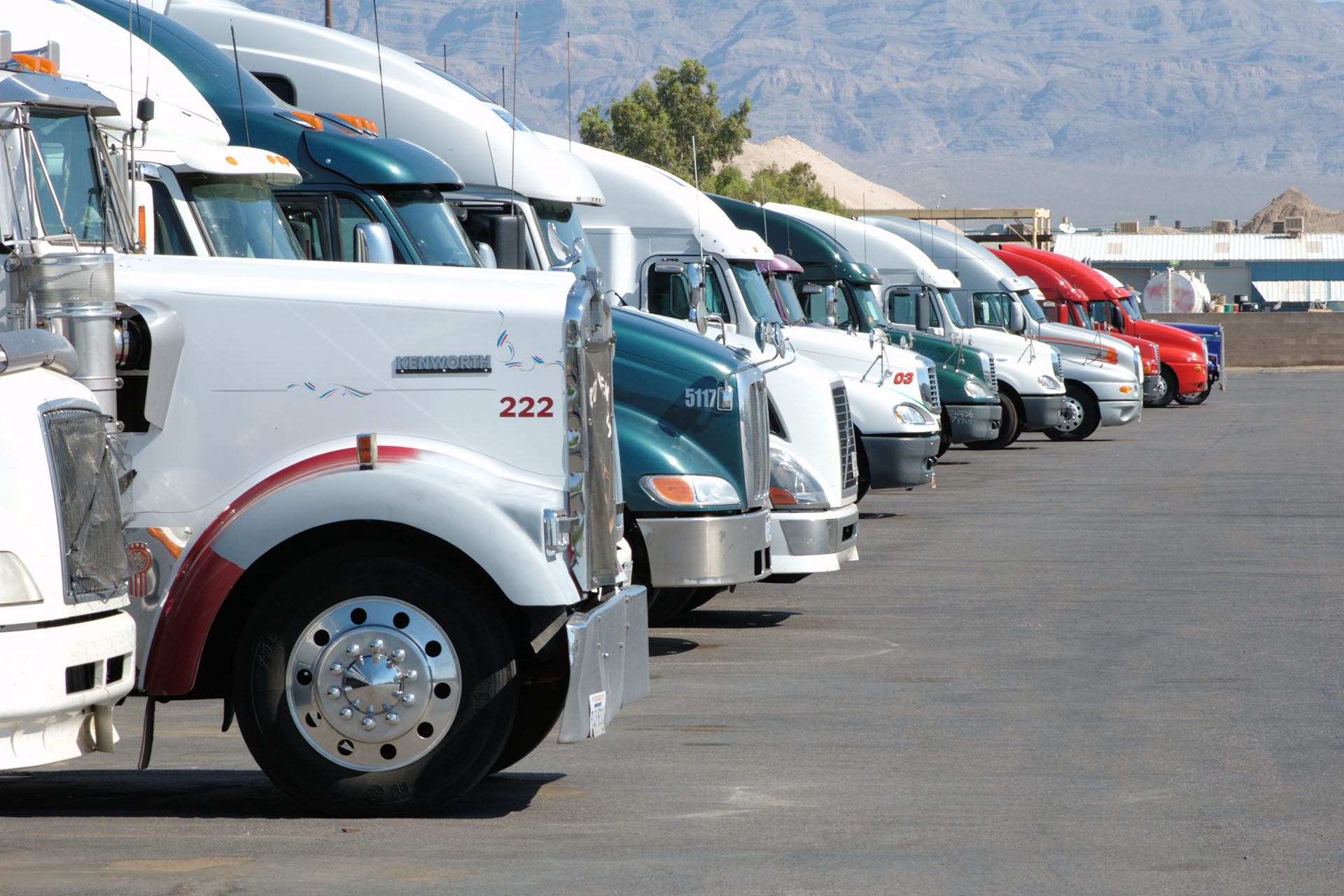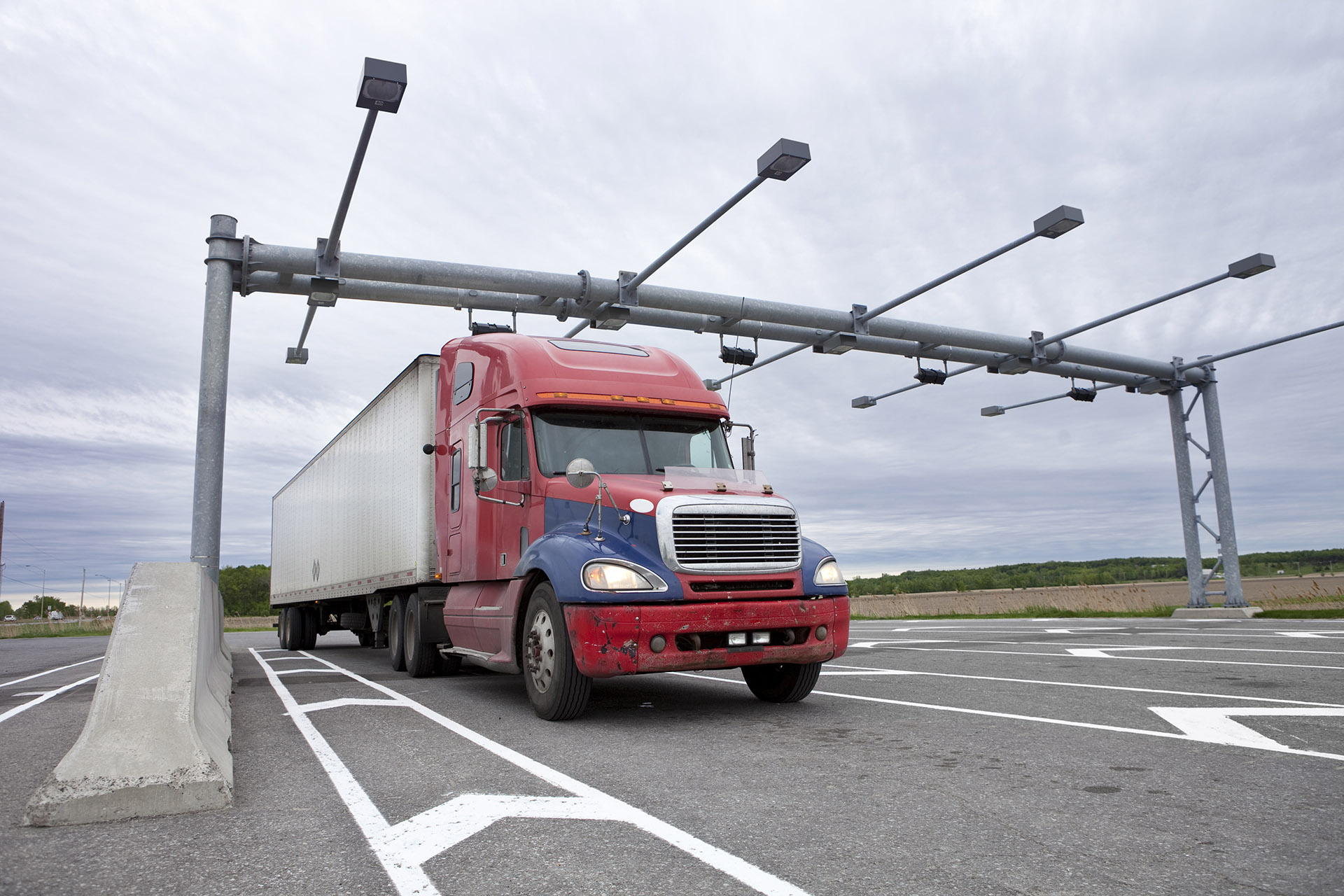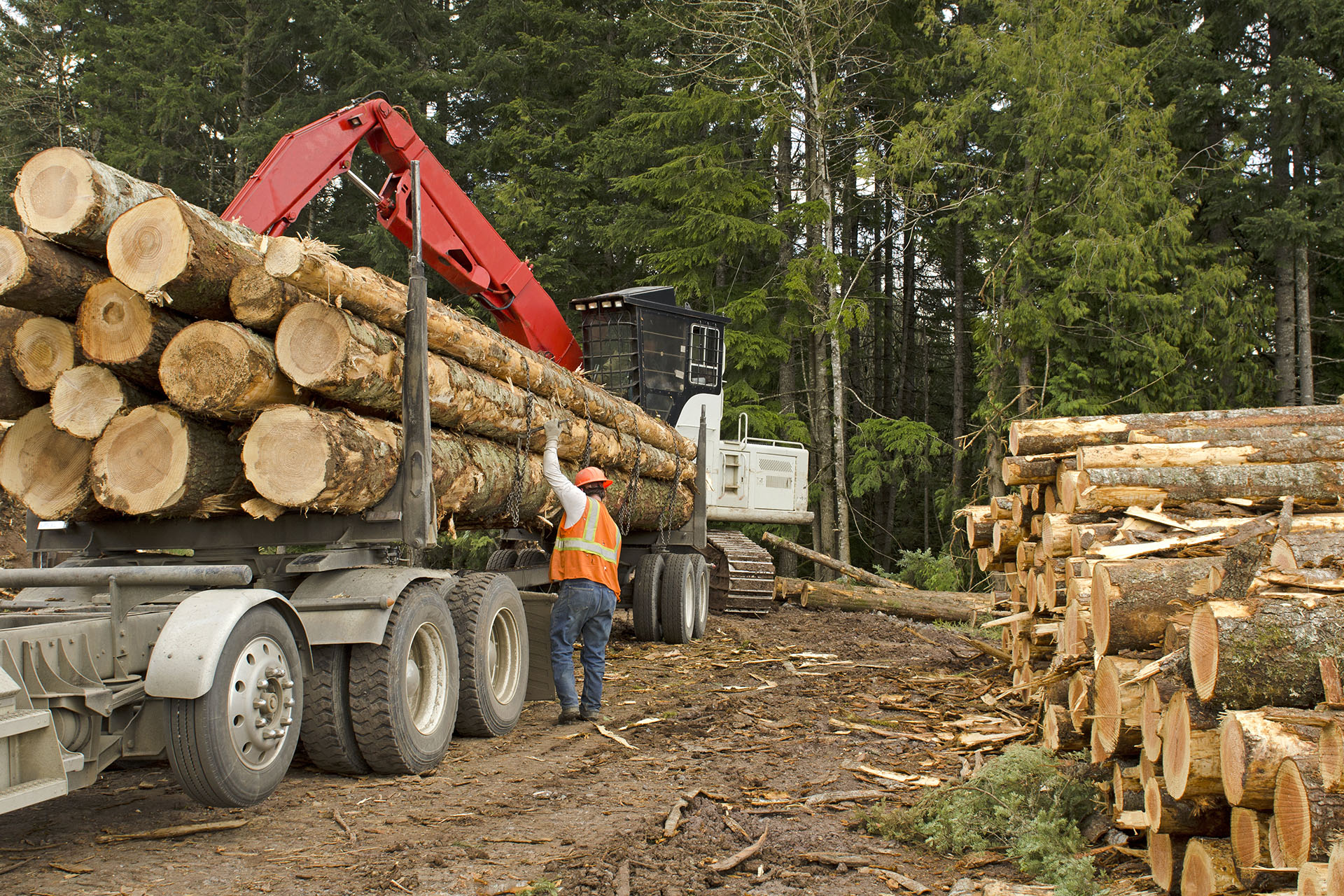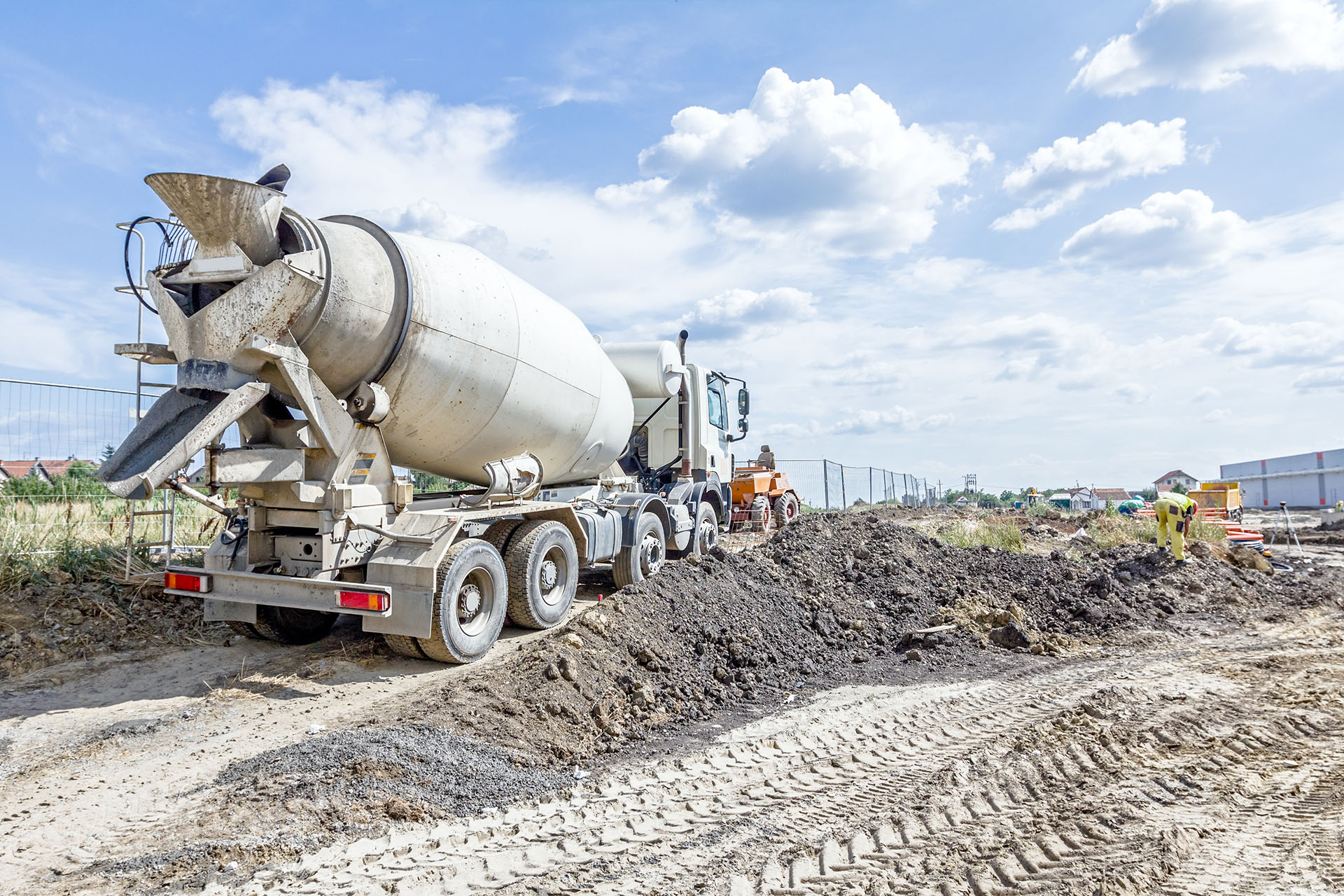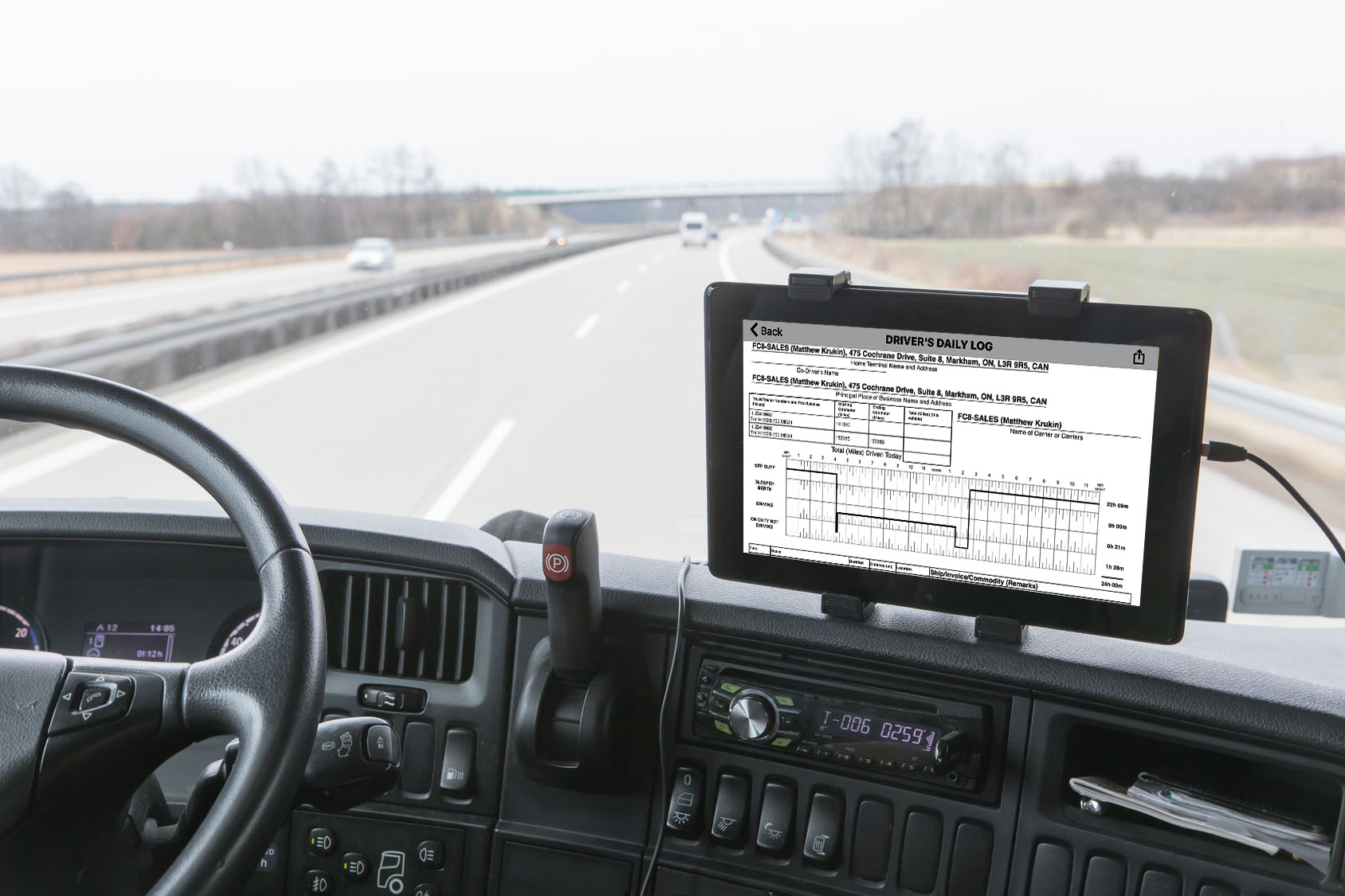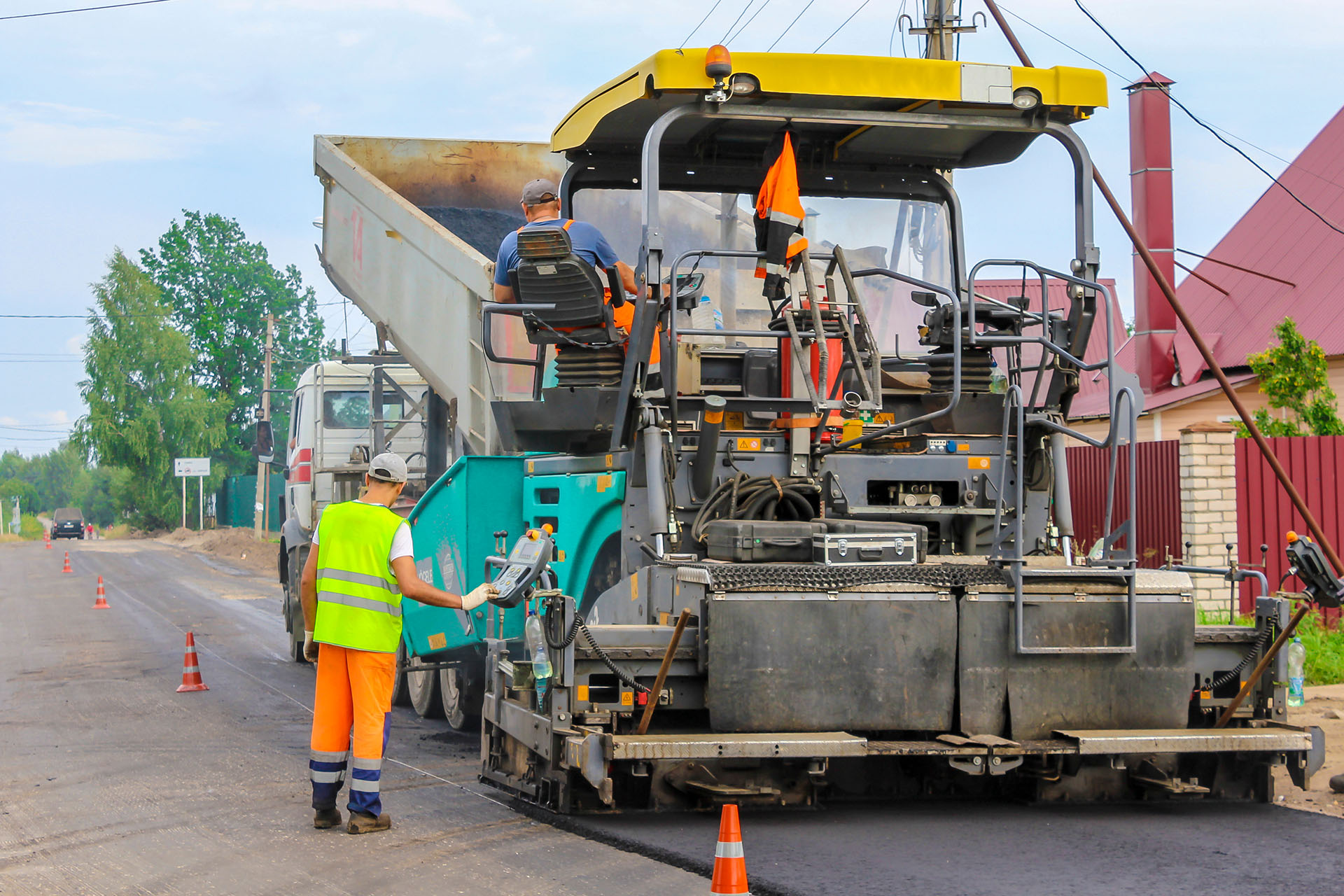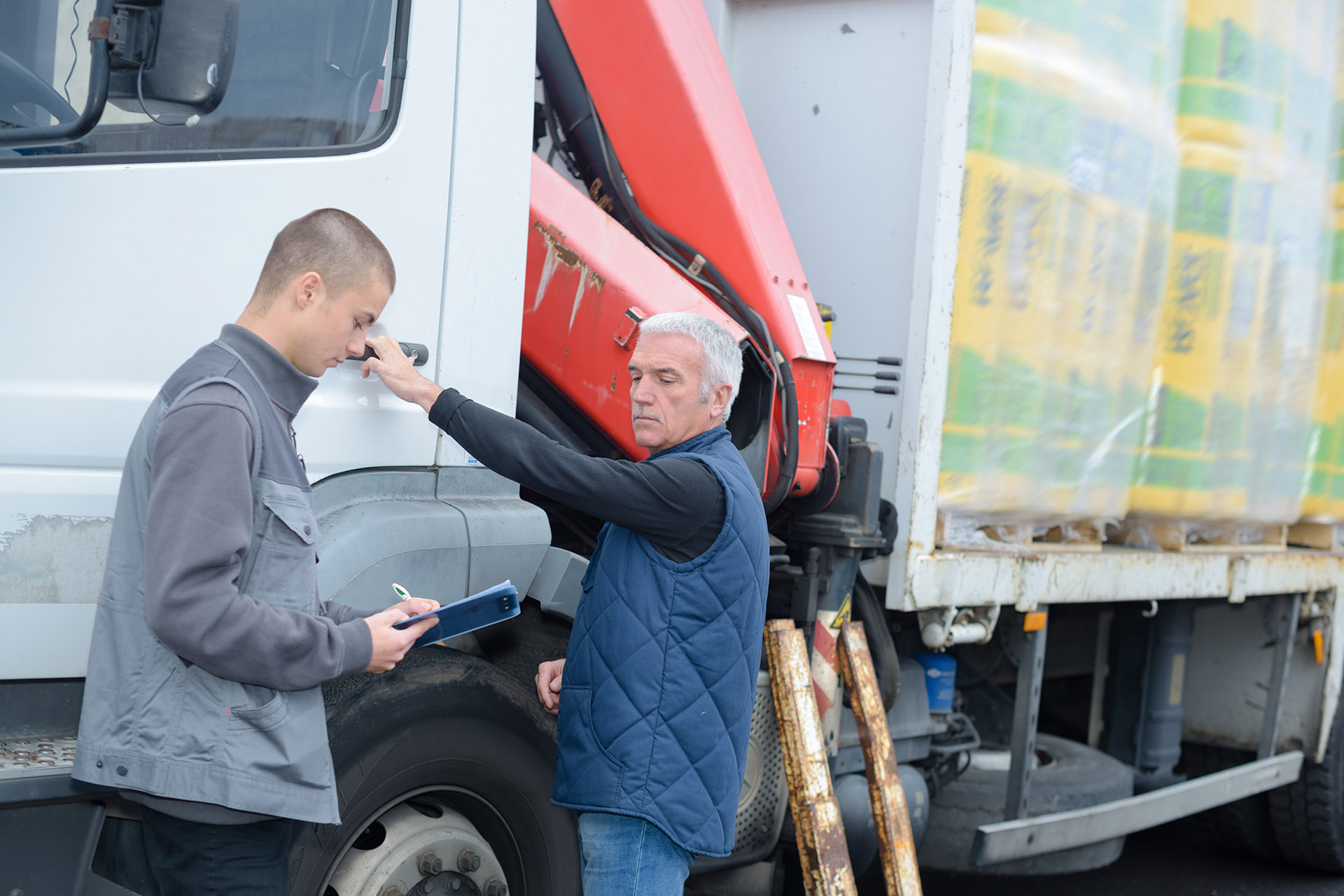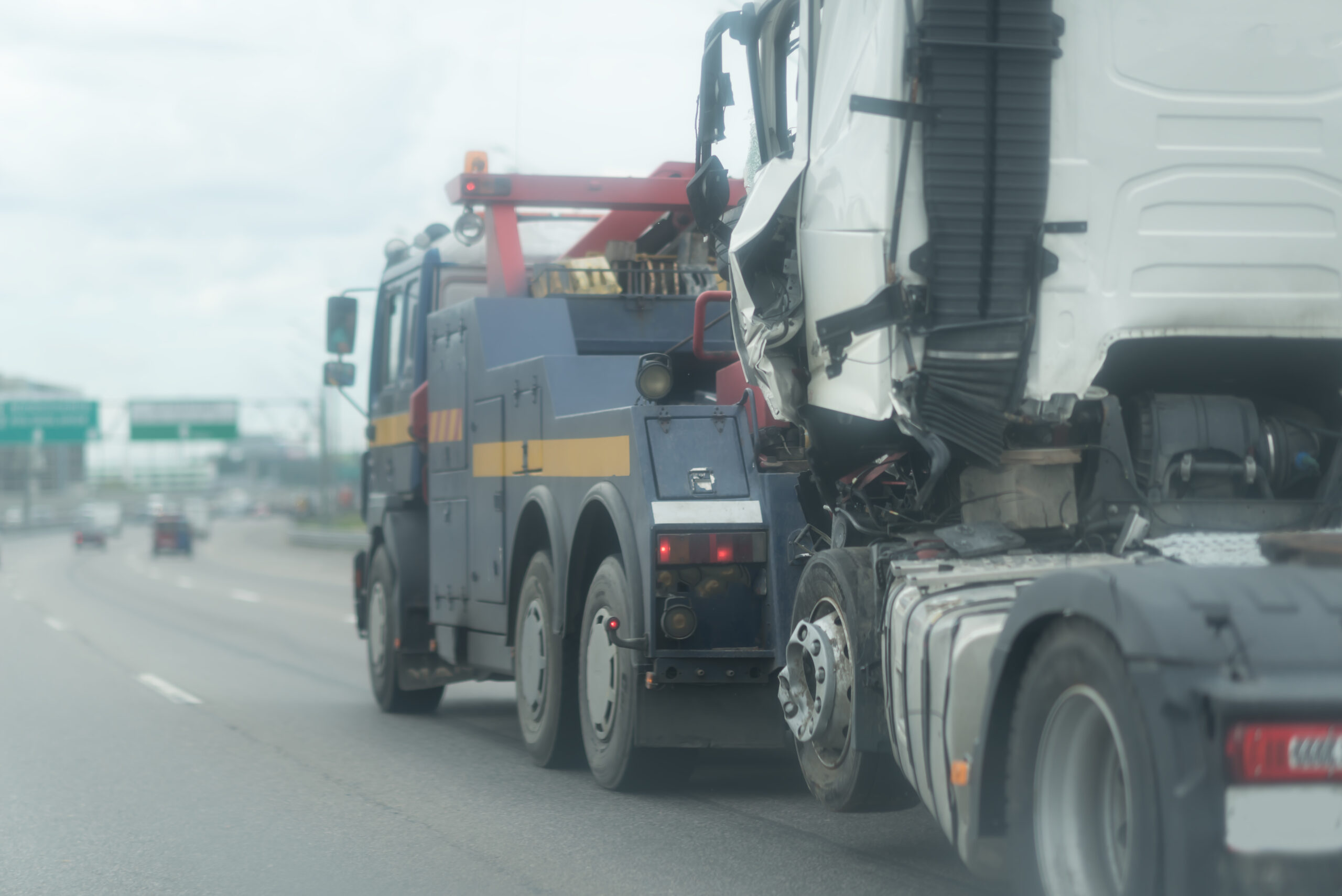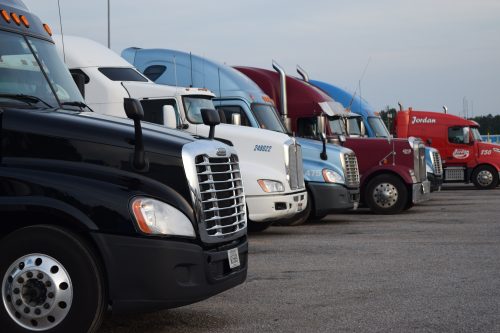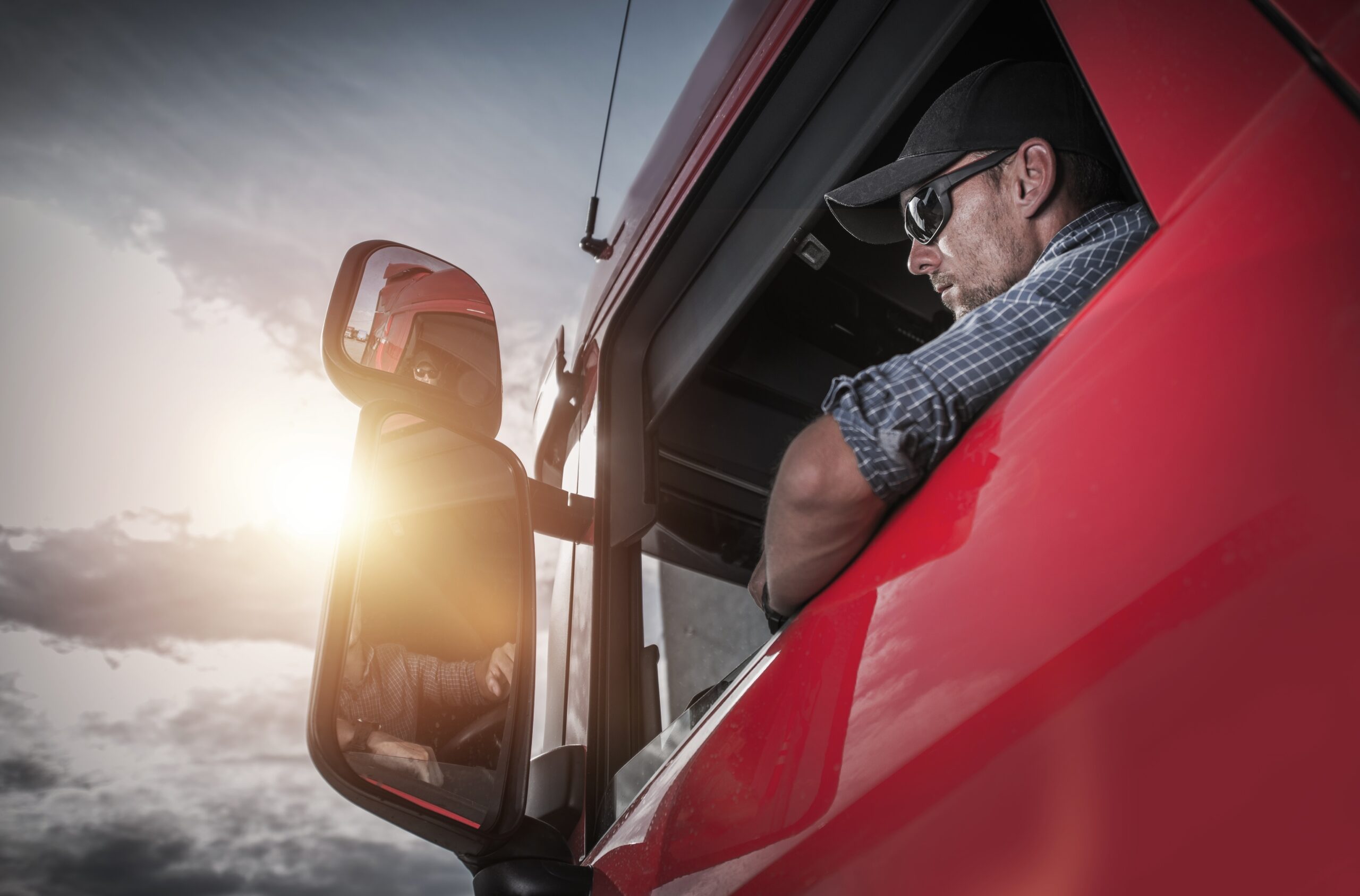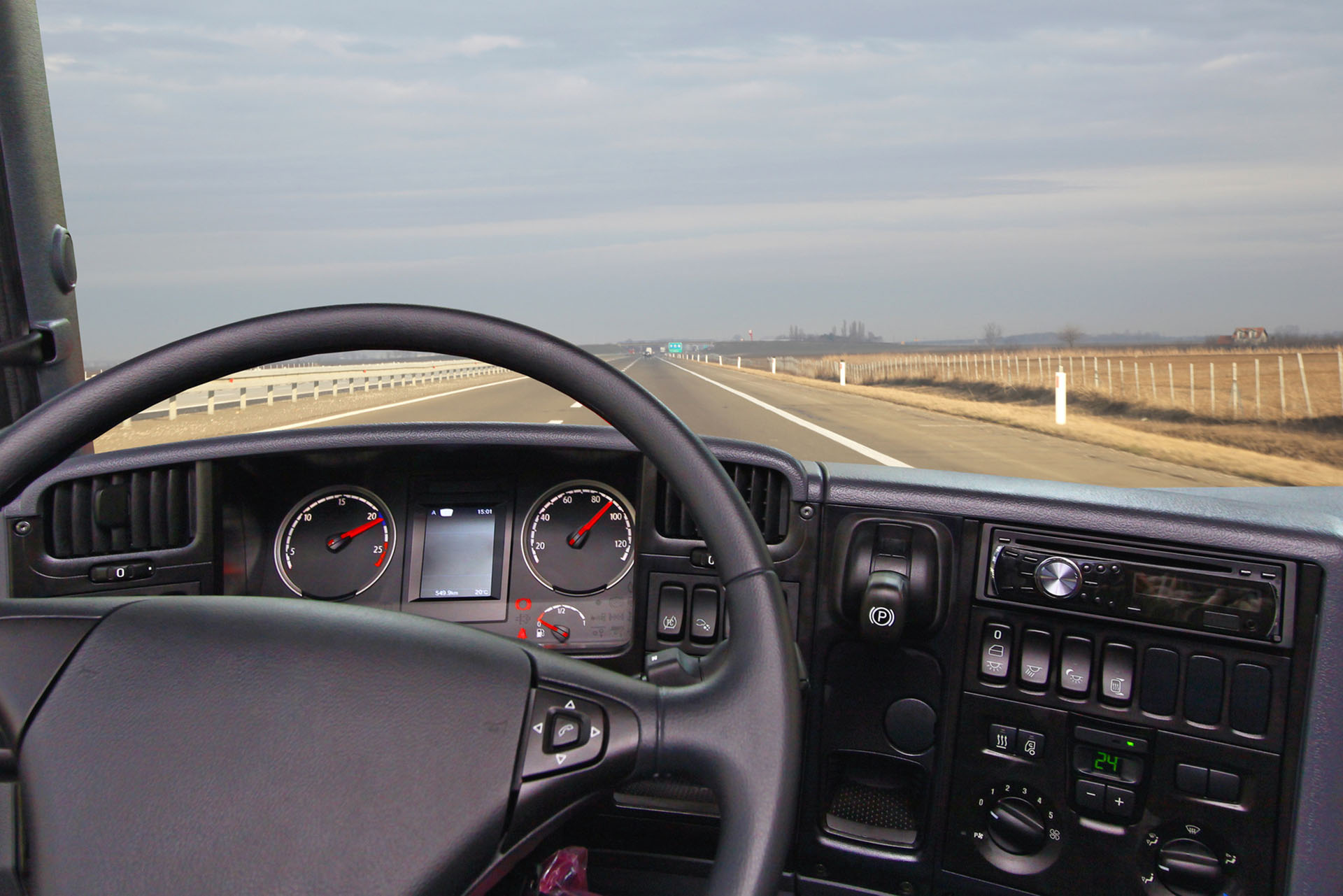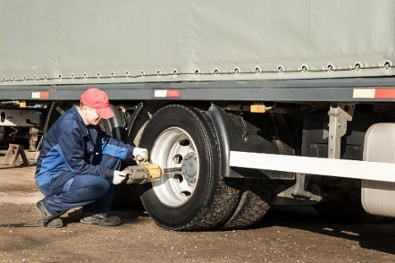Many day-to-day tasks that a trucker performs will require the use of tools and other equipment.
Included below is a list of trucker essential tools that you should consider stowing in the equipment box of your tractor to use when needed.
Although your Fleet does not expect you be a Mechanic, sometimes carrying the right tools can save you a lot of time, money, and aggravation at roadside if your vehicle breaks down.
Sometimes doing a basic repair can be the difference between getting back on the road quickly, instead of having to dispatch a Mechanic or a Tow Truck on scene or to a repair facility.
Finally, proper cleaning and disinfecting of these tools after they are used can prevent contamination, which is essential given the COVID-19 pandemic. Therefore, if you have to spray, wash, rinse, and/or dry a specific tools and equipment, please use the proper type of cleaning agent. You should also always wear appropriate and approved personal protective equipment (PPE). This includes, but is not limited to long-sleeved clothing, steel-toed boots, and safety glasses.
1. Small Toolbox
The first thing you want to start with is the toolbox. With space in the tractor storage compartment at a premium, a small, multi purpose toolbox with compartments is an ideal option. You should be able to store all of the tools I describe below, along with different size nuts, bolts, washers, fuses, bulbs, and other items that you made need in the various compartments in this toolbox.2. Crescent Wrenches
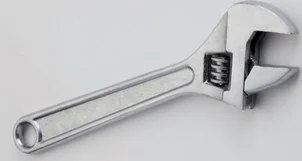
You should have a few different types and sizes of crescent wrenches in high-grade steel, with open ends and box ends, standard and metric. For the most common of tasks, you will want three basic sizes crescent wrenches: 6″, 8″, and 10″.
This will not only accommodate most standard hardware, but will also allow you to access hard to reach spaces and tight corners.
Each wrench should be able to increase by a millimeter and/or every 1/16”, accompanied by specialty items like pin and hook spanners, cone wrenches for bearing systems, and other exacting, designated tools.
You will definitely want a full socket set, but for general tightening and loosing of hardware on your rig, you will likely get by with a set of adjustable wrenches for a good 90% of repairs you will encounter.
If you work on small items regularly, a 4″ crescent wrench will be helpful. If you need to work on a trailer or truck hitch, a 12″ or 14″ crescent wrench should be included in your toolbox.
3. Combination Wrenches

The most common combination wrench will have both open and box ends. The different types of wrench sets are best suited for specific applications, such as extended lengths for better torque and reach, stubby wrenches for tight spots, and regular size wrenches for all-around use.
The recommended sizes for a trucker include 7/16”, 1/2”, 9/16” and 5/8” combination wrenches to fasten bolt that occasionally come loose on your tractor or trailer.
4. Dog Bone Wrench

This multi-function wrench is an ideal tool to have for large or heavy-duty fasteners. There are 8 sockets on each end, with both metric and inch socket sizes. Both of the ends can also rotate to allow a trucker to choose which socket to use to latch onto a specific bolt.
Some Dog Bone Wrenches also come with a magnet, and is great for getting into awkward places.
This type of wrenches can essentially replace most of the crescent and combination wrenches if space in your compartment is an issue.
5. Vice Grips
I would recommend having both curved and straight jaw vice grips.
They are manufactured in a variety of sizes, but the most popular are the 7” and 12” versions for multiple applications.
The most common use of this tool is for pulling the release arm for a trailer, as they sometimes do not want to remain fully released. What many truckers do is put the vice grips close to the frame rail of the trailer to keep the trailer arm released.
6. Wire Cutter and Electrical Tape
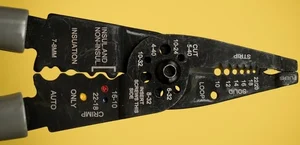
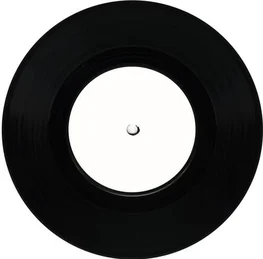
Wire cutters are commonly used to cut different types of wiring and air lines that run under those difficult to find spots under the frame of a trailer. If there is a pin sized air leak where the air hose was rubbing, you can temporarily seal the leak with electrical tape until you get to the shop to replace the defective hose.
You can also cut and splice electrical wires that are frayed and protect the wires with electrical tape.
I suggest you get a wire cutter that has an insulated handle so that you do not get a shock from the wires you are working on.
7. Ratcheting Screwdriver Set

With slotted, small, and big Phillips, Star and Hex Bits to go into a ratcheting screwdriver to cover a wide variety of needs, including headlight adjustments etc.
8. 3-lb. Sledgehammer

9. Tire Air Pressure Gauge
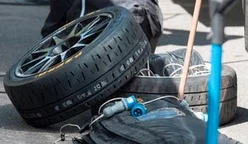
Since tires are rated for specific loads at certain pressure, it is important to keep the pressure of the tire at the optimal amount.
Tires are rated for their optimal pressure when cold, meaning before the tire has been driven on for the day and allowed to heat up. This will ultimately change the internal pressure of the tire due to the expansion of gases.
If while checking tires with the sledgehammer reveals a different-sounding thump on a tire, you should then use an air pressure gauge to confirm how much air pressure you have in a specific tire.
Word of caution is to not check tire air pressure every time with an Air Pressure Gauge unless you think there is an issue, as you will eventually deflate the tire below its recommended air pressure.
10. Flashlights
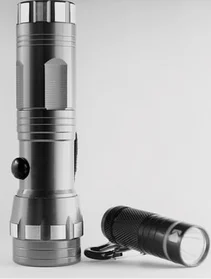
I recommend you carry a few different types of flashlights, along with a box of the required size of replaceable batteries.
A smaller LED flashlight is ideal for to check that the 5th-wheel has coupled and latched to the trailer pin under the trailer.
A second larger 18” mag light should be used for full pre- and post-trip inspections that can frequently be done at night or very early in the morning.
11. Metal Dowel Rod
Next item on the list is a metal dowel rod. This is an ideal tool for releasing frozen or stuck brakes.
It is about 12” long and weighs about 3 Lbs.
Using your 3-lb. Sledgehammer above, gently hit the brake drum to free up the brake.
Just be careful not to strike the brake lining, as it will likely crack it, and this will just create to new problem for you to fix. The problem is you will likely not be able to fix a cracked brake lining at roadside, and you will have to go to the shop to get the brake lining replaced by a licensed Mechanic.
The other very important point I want to highlight from a safety perspective is to make sure that you apply your trailer brakes if you are working on a brake on a tractor. Secondly, you will not be able to release the brakes on a tractor drum. if the brakes are applied.
On the other hand, if you are working on a trailer brake drum, apply the tractor parking brake, for the same reason explained above.
Finally, having one set of brakes applied, with a set of chock blocks between the drive axles while you are working on the other brakes will prevent you from being seriously injured.
With that goal in mind, you also want to make sure that you turn off the tractor, and keep all sets of keys in your pocket with you, so that no one can inadvertently start the truck and take off with you still underneath the vehicle.
12. Truck Trip Inspection Tool
This is a very cool 4-in-1 trip inspection tool that will allow you to perform instant visual inspections on tire tread depth, push rod brake stroke travel, brake shoe thickness, and windshield crack damage. It is very easy to use and can be easily stowed in your toolbox.
13. Safety Glasses
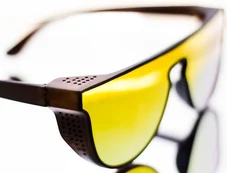
Your eyes are so precious! Although you will likely not wear your safety glasses while fueling your truck, you should otherwise always protect your eyes with safety glasses when you are working on or around your truck or trailer.
You may also want to consider having different types and shades of safety glasses, depending on the time of day when you need to wear them to protect your eyes.
14. Gloves
At minimum, you should have three types of must-have gloves, regardless of the type of equipment you are operating and pulling.
To begin, a trucker should have all purpose canvas work gloves.
This type of glove is essential doing all types of work, including but not limited to inspecting your vehicle(s), working with tools and chains or when freeing frozen brakes etc.
I would discourage you from wearing these gloves to fuel your vehicle, as they are stiffer and coarser and will absorb fuel in the material of the glove.
The next type is leather work gloves.
I would recommend you purchase a type that is of made of deer leather, since they are more comfortable to wear. They are also very durable for fueling and adding DEF fluid, flexible for checking oil and tension on belts, and washing windshields and cleaning mirrors and lights.
They last type of essential glove are cold weather gloves to protect your hands during inclement weather, or if you are outside for long periods of time in the winter unload freight.
Finally, if you are required to handle harmful chemicals, please refer to the Material Safety Data Sheet (MSDS) for the specific type of glove needed, and other PPE needed to safely handle these types of hazardous goods to reduce the likelihood of a preventable injury.










